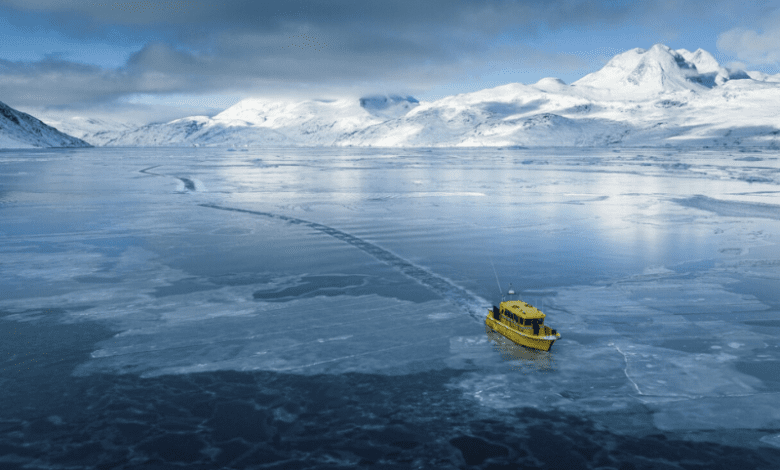Arctic Sea Ice Faces Worst Growth Season, Reaches Historic Low

The Arctic has experienced its thinnest winter sea ice accumulation ever since satellite monitoring started 47 years ago, setting yet another troubling record in the unfolding climate crisis. According to the National Snow and Ice Data Center, Arctic sea ice reached 5.53 million square miles (14.33 million square kilometers), which is 30,000 square miles (80,000 square kilometers) more than the last record low of 2017, an area the size of California.
Scientists attribute this decline to rising global temperatures. “Warming temperatures are what’s causing the ice to decline,” said Walt Meier, an ice data scientist. “Sea ice is incredibly sensitive. Just a small temperature increase can turn ice into water.”
Climate experts highlight that the Arctic is warming four times faster than the global average, disrupting weather patterns worldwide. Jennifer Francis from the Woodwell Climate Research Center warned that disappearing sea ice serves as an early warning sign for dramatic environmental shifts. A weakened jet stream, caused by Arctic warming, results in prolonged storms and extreme weather in lower latitudes.
Moreover, lighter winter ice freezes and melts earlier, threatening communities that depend on stable sea ice such as polar bears, fisheries and seals. From 1979 to the present, Arctic sea ice in the winter has retreated by an area the size of Pakistan.
In light of the five lowest winters since 2015, scientists highlight the gravity of the issue of climate change before irreversible developments take place.
